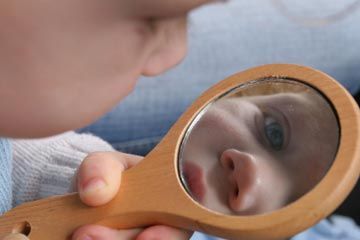What do governments, airline pilots and NFL referees have in common? They all make decisions with the help of another person or group of people. Governments make huge policy decisions as a big group and also break down the big picture into scores of smaller committees. Airline pilots in distress consult and reaffirm one another. Referees in every sport huddle together when an important call needs to be made. The general thinking among humans is that typically two heads are better than one. But are they? Is a group decision always best, or does all that discussion ultimately slow down or muddle the process? Thanks to some insightful studies, we have answers.
Psychologists, economists and historians are fascinated by the process of decision making because it says a lot about how humans interact, and by studying it, we can learn how to make the best decisions with the most favorable outcomes. Many studies have been performed on group decision making, and the results have all been fairly consistent. The experiments typically don't involve social decisions, but are visual in nature because most researchers feel that simple visual recognition experiments eliminate bias.
Advertisement
For example, in one study, subjects studied circles on a screen to determine which one was darker. In another study, pairs put their minds together to decide which striped duos had the highest contrast. Many other studies have followed a similar model, and across the board, the results indicate that two heads are absolutely better than one. But there's a qualifier: This is only the case when the subjects could converse about their confidence in the decision. Not only that but honesty about one's own abilities is also necessary to ensure a positive result for a group decision.
Honesty about one's own abilities is hard to come by, according to Cornell researchers David Dunning and Justin Kruger, who found out through a series of experiments that people are prone to exaggerate their own skills and abilities, aka the Dunning-Kruger effect. Couple this effect with groupthink, which is when people simply agree to keep the status quo, and it's clear that group decision making won't always prove superior to flying solo.
Groupthink came into play in experiments where four or more people were involved in the process. Groups of two equally-matched subjects with unlimited time to converse and reaffirm one another, and who were honest in their self-assessments, always outperformed individuals in the visual recognition experiments. When one member had worse vision, performance went down significantly. When one partner was secluded and given decision-making autonomy, and had only answer input from the other member, they also performed worse. This indicates that the back and forth exchange of ideas is key to successful group decision making. In cases where participants are honest and communicate openly, two heads are better than one.
Advertisement


